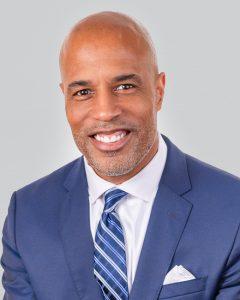Followers of the Learning Forward blog know that we changed our name several years ago from the National Staff Development Council to Learning Forward. Later this year, we’ll reach the five-year anniversary of the new name. As I reflect on those years, I think about some of the learning I’ve seen in schools and districts that leads me to ask, “Are you learning forward or backward?” Here are some examples of what I feel are backward learning activities:
- Do you attend conferences or workshops year after year, yet rarely adjust your teaching or leadership as a result of what you learned?
- Do you assess the effectiveness of your learning experience based solely on how much you enjoyed it or how good you felt when it was over?
- Do you choose your learning based on what’s convenient versus what’s needed?
- Do you often learn in isolation, thus removing yourself from any accountability to your peers to apply what you’ve learned?
- Do you limit your use of coaching and assume you’ll eventually just “get” whatever it was you recently learned?
If you answer yes to any of these questions, I would say that you’re inclined to learn backward. Don’t feel bad — you’re in good company. According to the report published by Learning Forward more than five years ago, Professional Learning in the Learning Profession: A Status Report on Teacher Development in the United States and Abroad, a majority of teachers (57%) said they had received no more than 16 hours (two days or less) of professional learning during the previous 12 months on the content of the subject(s) they taught. The report went on to state that fewer than one-quarter of teachers (23 percent) reported that they had received at least 33 hours (more than four days) of professional learning on the content of the subject(s) they taught. My guess is that, even during those hours when professional learning was available, many folks were learning backward.
So what are some learning forward examples? Here are a few:
- Do you use student data (classroom, school, or district) and your own performance data to determine your professional learning needs?
- Do you have a system that provides you with evidence that your professional learning can be connected to your own performance and ultimately to student learning outcomes?
- Is your evaluation system linked to your professional learning in a way that offers supports versus punishments?
- When your district rolls out a new initiative, are you given time to understand what it means for your work, provided with opportunities to learn how to adjust to the new expectations, supported by your peers, coach, and leader during the times you’re practicing your new skills, and given the supports you need when you want to deepen your learning?
- Do you have a way to tap external resources for yourself or your team when you realize the expertise doesn’t exist in your building to help you build your skills in a particular area?
If you answer yes to these questions, I would say that you are more inclined to learning forward. You are learning forward because you’ve chosen to engage in these kinds of behavior or your school system has provided the right set of conditions to enable you to be a forward learner. Regardless of how and why, the reality is you are much more likely to sustain your new learning, and, of course, your students will benefit.
I await the day when Learning Forward can declare that excellent teaching and learning happen every day because all educators are learning forward. What is your next step to learn forward?
This post originally appeared in Learning Forward’s PD Watch.








